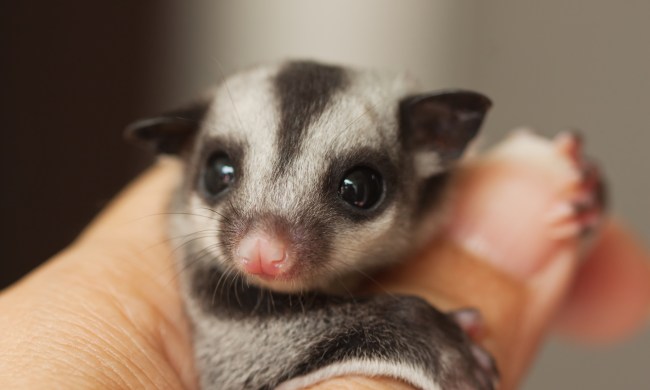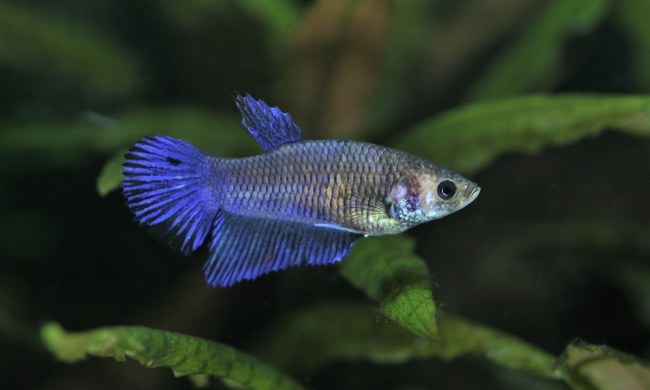Birds are an interesting and entertaining pet to have. Our feathered friends come in a range of colors, demeanors, and sizes, so you’re sure to identify one that is great for you. Those who are usually kept as pets are some of the most intelligent ones around, which is why it is encouraged to pursue bird training tips, as the results will prove rewarding. Read through our list of the best birds to have as pets for information on some of the most popular and tame birds.
Cockatiels
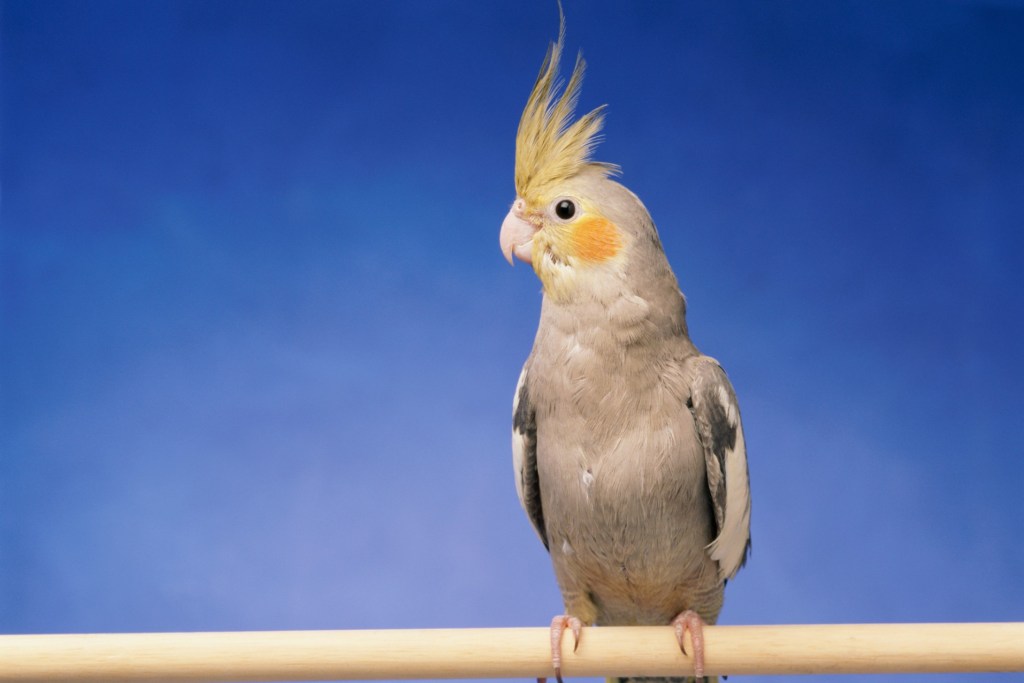
These miniature cockatoos are just the right size for a pet bird. They are a common pet bird that is reared throughout the world. Cockatiels usually live between 15 and 25 years. Known for their distinctive yellow crest, cockatiels need a lot of stimulation in their cages, so be sure to buy lots of toys for them to interact with! Their cages should be large enough for them to fly around and have perches of different materials.
Note that cockatiels often bathe in their water bowls, so pick a bowl that is large enough to accommodate your pet. These birds can eat a variety of leafy greens, vegetables, seeds, and pellets.
Parakeets
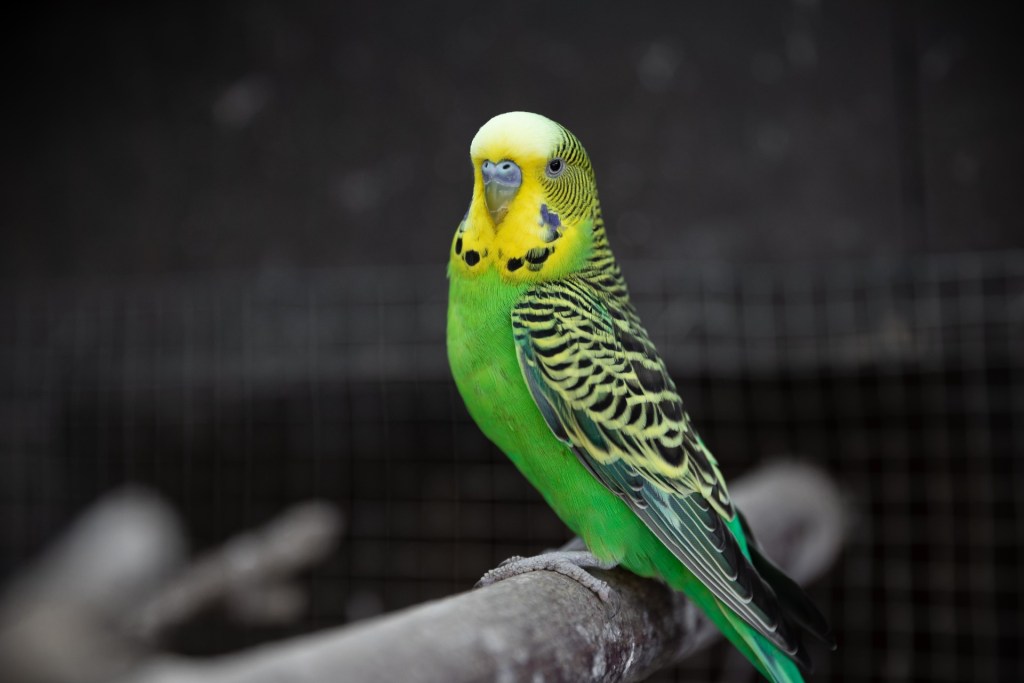
Also known as budgerigars, or budgies, parakeets are a small bird often kept as pets. In the wild, parakeets were exclusively yellow and green, but those bred in captivity can be blue, gray, white, yellow, green, or a mix of those colors. These small birds are great for compact households. Also, they do not make much noise and are not destructive.
Parakeets are one of the friendliest pet birds and can be handled easily. They eat seeds, vegetables, and pellets. You should have toys in a parakeet’s enclosure that are no larger than the bird itself. Their lifespan is up to about 15 years.
African Grey Parrots
African Greys are talkative, large birds. They are easily bored and need lots of toys to keep them busy so they don’t become disruptive or destructive. These are very smart birds! They can learn routines when they become accustomed to them. African Greys need large cages so they can fly around. These birds need to be fed fruits and vegetables that are high in phytonutrients (red, orange, and yellow vegetables and fruits, and dark green leafy vegetables).
They enjoy socializing and will bond with their owners. Make note that they can outlive you, with a lifespan of about 60 years.
Canaries
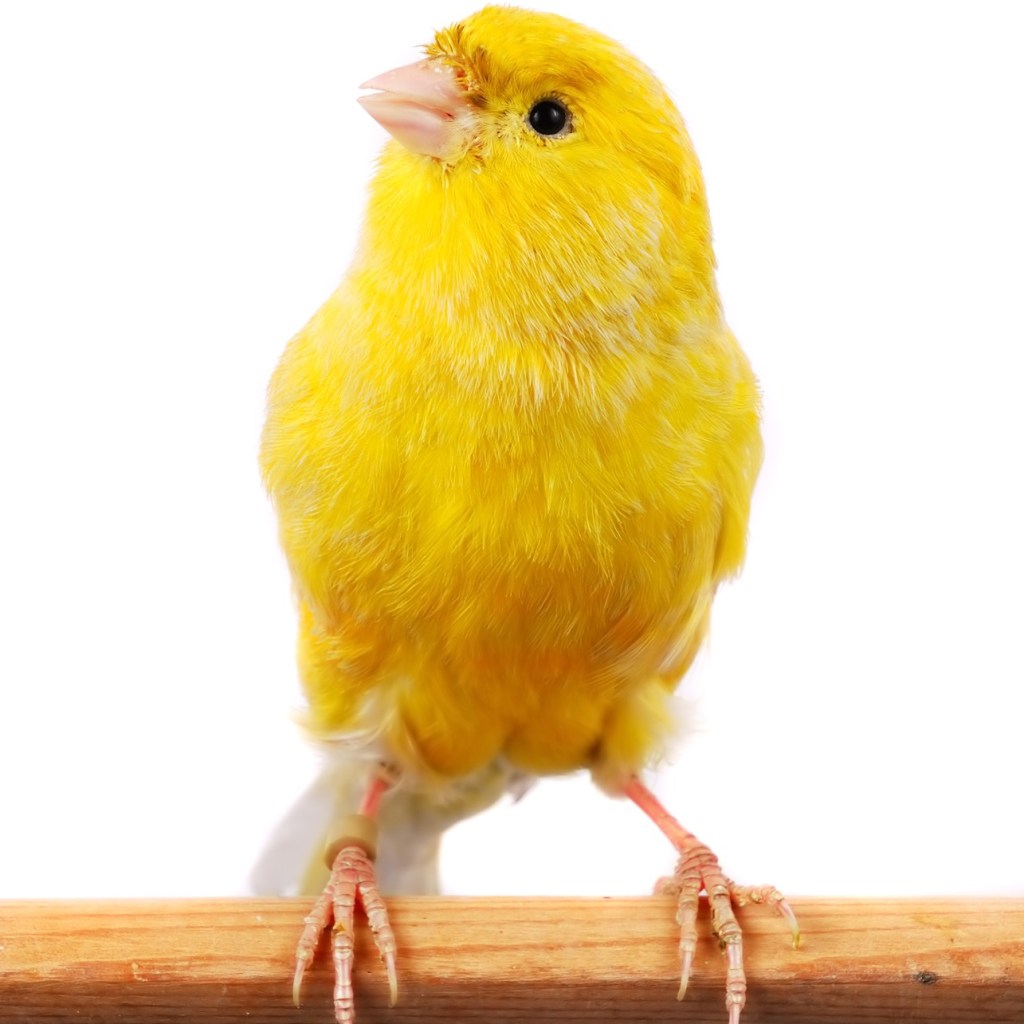
Canaries are yellow songbirds that have a lively and pleasant voice. They enjoy being around people, so it is a good idea to keep their cage in a room that you frequent. They might eat pellets or vegetables. Veterinarians recommend that you occasionally let your canaries out of their cage to exercise.
These birds like to bathe in their water bowls, so you may want to provide them with two — a deep bowl for drinking and a shallower one for bathing. They typically live 10 to 15 years.
Conures
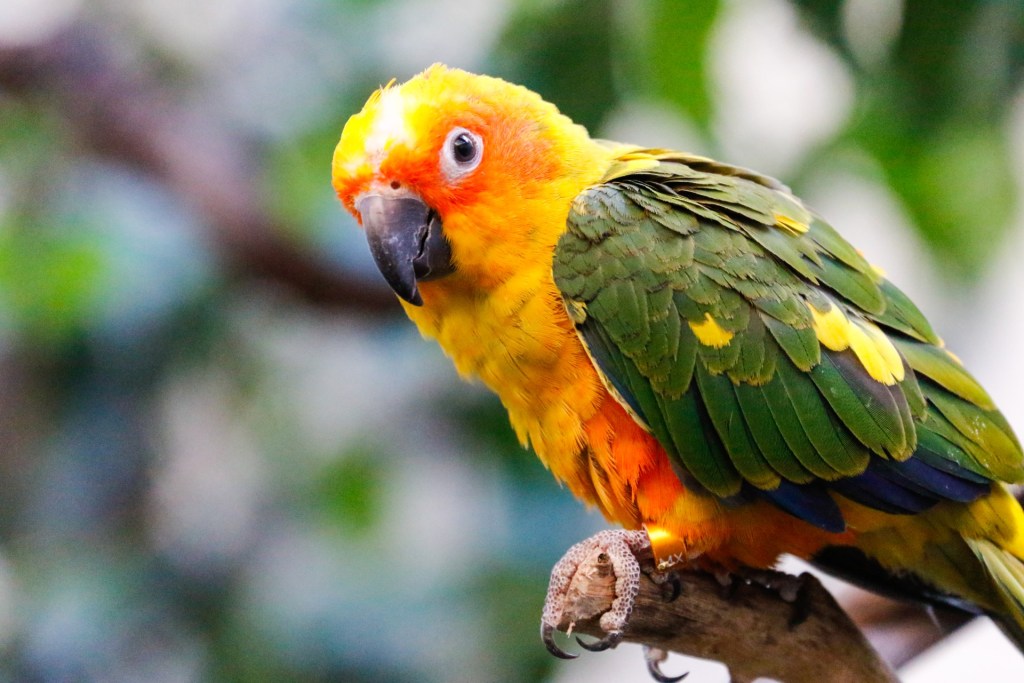
A type of parrot, conures are brightly colored birds. They can be yellow, green, blue, red, or a combination of those colors. Conures are very intelligent birds that can be trained to do tricks. They should have daily human interaction to keep them stimulated. Also, their cages should contain lots of enrichment items. These birds like to keep to routines.
Conures are not the best pet bird for beginners because they can become aggressive and bite. Their lifespan is up to 30 years. A normal diet for a conure in captivity consists of pellets, vegetables, and the occasional low-sugar fruit.
Zebra finches
With a name deriving from the black and white stripes on their neck, zebra finches are a pretty bird to look at. They also have brown patches on their cheeks and striking orange beaks, with corresponding bright feet. These birds do best when kept in pairs — to prevent breeding, keep two of the same gender.
Zebra finches aren’t difficult to please so as long as they are kept in a cage large enough for them to fly around. However, they should have a variety of toys to keep them stimulated. They eat pellets, seeds, and greens. Zebra finches live to be around 10 years old.
Whether it is your first bird or your fifth, hopefully our list has taught you something about the most popular birds to keep as pets. These intelligent creatures are quite entertaining to watch as they fly about and play with their toys and can sometimes be handled for more interaction!
